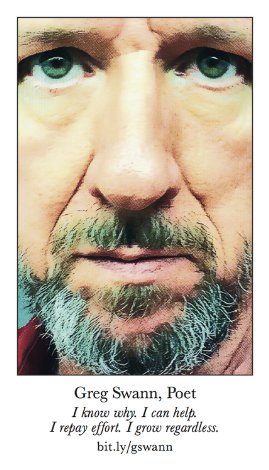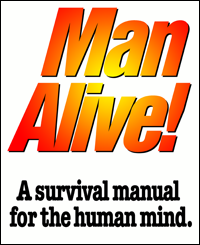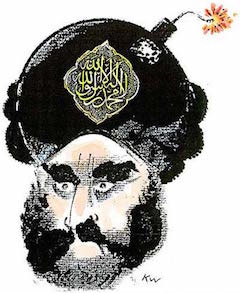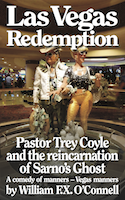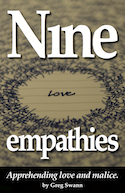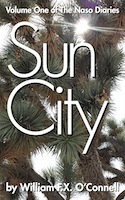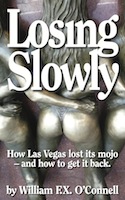
Just when you thought nothing could be more enduringly funny than the shopping mall choo-choo train itself…
2. That comes down to love versus hate. If you love the people you’re having fun with, you’re making a farce. If you hate them – if you are flogging them in public – your opus is a satire.
3. Every farce will be a benedy in my formulation: The story arc will move from worse to better. Every satire will be a maledy – a tragedy of just desserts.
4. Going back five years, to Man Alive, I’ve done my best to reject satire, as a secondary consequence of rejecting all maledy. I am interested only in benedy in art, both in the art I make and the art I consume.
5. Even so, I love the story-stuff of satire much more than I do that of farce, as is easy enough to see in even the latter-day, kinder-gentler Willie stories.
6. The third act of any random maledy is the first act of a potentially-splendid benedy.
7. All of which comes back to love versus hate: I want a farce that feels like satire and yet pays off in full as benedy.
8. “Here’s what’s wrong,” is an essay, not a story. The story is here: “How I got things right.”
9. Accordingly, my reconciliation with satire starts here: If I’m not willing to dig deeply enough to love the people I’m writing about, I haven’t gotten to the story yet, anyway.
I have two Willie stories I’m playing with, two Traindancing stories. Willie is abducted by wannabe Jihadis, perhaps at Easter. And Willie is put on trial for the subversion of youth. I’m thinking there’s a third gauntlet in there, but I don’t know it yet, if there is.
Here’s what’s fun: The train. The train makes it easy to show what’s lovable about anyone – what is worth loving in each one of us. I like that story, too: Loki does benedy – with an affectionate snap of the towel.
No promises. There are many more Willie stories than there are Willie stories that have been written down. The hard problem was working out how to tell a brutal story kindly and lovingly.
We’ll see how I do…

